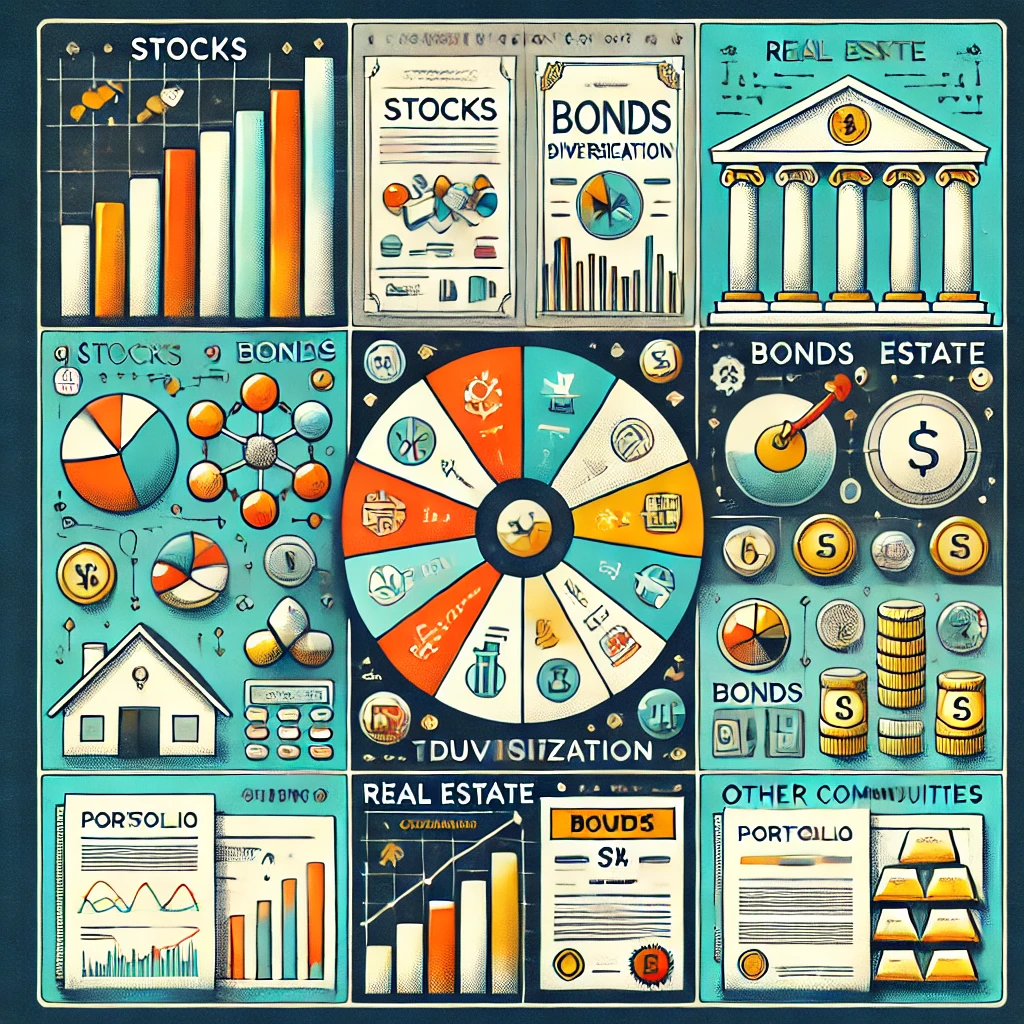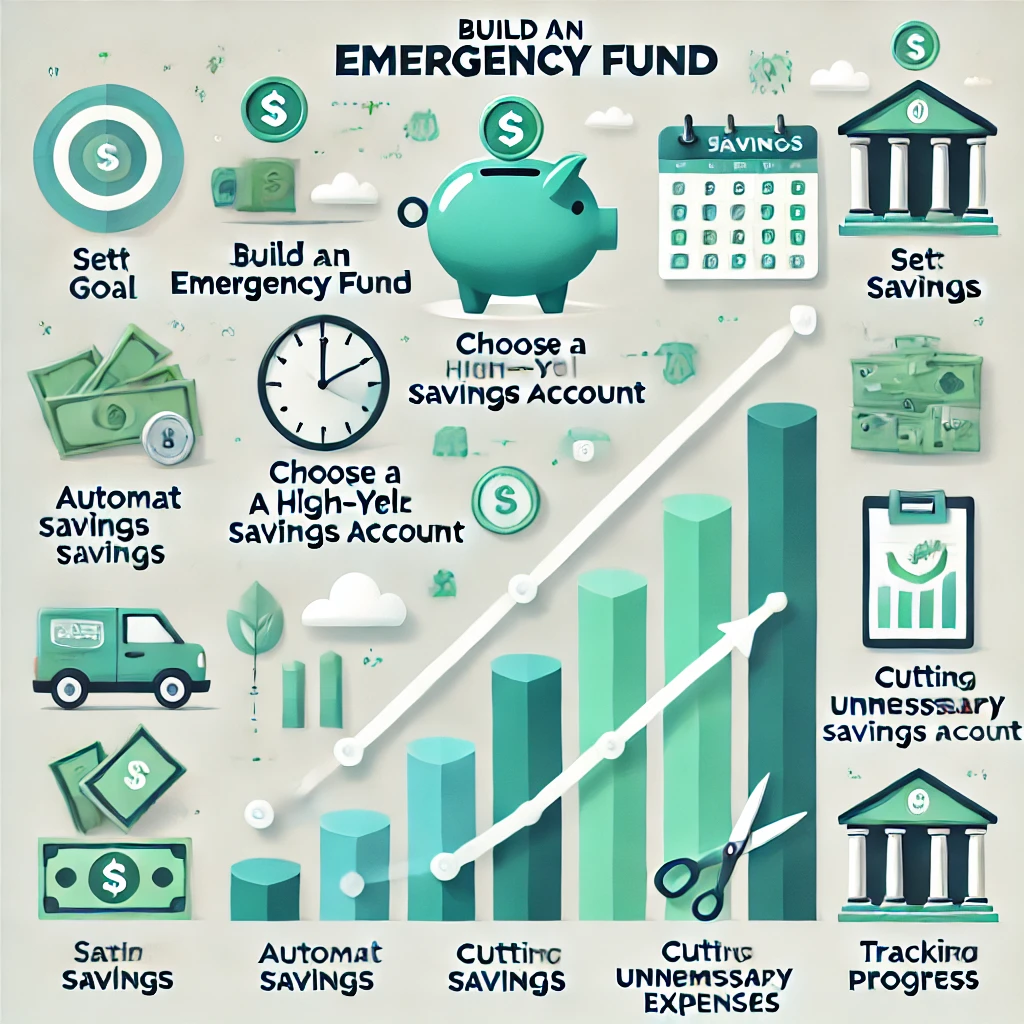Investing is a double-edged sword. On one hand, there is the potential for wealth accumulation; on the other, risks are ever-present. The unpredictable nature of the markets can make even seasoned investors nervous. For those just starting out, minimizing investment risks should be a core focus of any strategy. The concept of “no risk, no reward” holds some truth, but with the right approach—especially through diversification—you can reduce unnecessary exposure to losses while still positioning yourself for growth.
In this article, we will explore how diversification can help investors manage risk effectively. Understanding how to balance risk and reward through a diversified portfolio is essential to building long-term wealth without exposing yourself to unnecessary dangers.
Understanding Investment Risks
Investment risk is a broad term that refers to the possibility of losing money or failing to earn the expected returns on your investment. There are several types of risks investors face. These include:
- Market risk: The potential loss due to fluctuations in the overall market.
- Credit risk: The possibility that a borrower will default on a loan.
- Interest rate risk: The chance that rising interest rates will reduce the value of bonds or other fixed-income investments.
- Liquidity risk: The difficulty of selling an investment at its fair price.
These are just a few examples. What’s crucial to understand is that while all investments carry some level of risk, not all risks affect every asset class equally. This is where diversification enters the equation.
What is Diversification?
Diversification, at its core, means spreading your investments across different assets, industries, and even geographical regions. By doing so, you reduce your exposure to any single risk factor. Think of it as the financial equivalent of the saying, “Don’t put all your eggs in one basket.” If one investment underperforms, others in your portfolio might still thrive, effectively cushioning the blow.
Historically, diversification has been one of the most reliable ways to manage risk. While it can’t eliminate risk altogether, it does make your portfolio more resilient in the face of market fluctuations. A diversified portfolio includes a mix of asset classes, such as stocks, bonds, real estate, and commodities, which behave differently in varying economic conditions.
How Diversification Minimizes Risks
The principle of diversification hinges on the concept of correlation. When assets are correlated, they tend to move in the same direction—when one rises, the other likely does too. Diversification works best when you invest in assets that are not highly correlated, meaning they don’t behave the same way in different market environments. For example, stocks and bonds often move in opposite directions, providing balance.
By spreading your money across different assets, industries, and geographies, you reduce the impact that any single investment will have on your overall portfolio. If one sector or asset class is hit hard, the others may help offset the losses, allowing you to manage the ups and downs of the market with greater ease.
Asset Classes to Include in a Diversified Portfolio
When building a diversified portfolio, it’s important to include a range of asset classes that provide a balance of risk and reward. Each type of asset behaves differently, especially in response to various economic forces. Here are a few essential asset classes for a well-diversified portfolio:
- Equities (Stocks): These provide the potential for high returns but come with higher risks. It’s vital to spread your stock investments across different sectors and even geographies.
- Fixed-income securities (Bonds): Bonds offer more stability and lower risk than stocks, but with lower potential returns. They are particularly valuable in reducing overall portfolio volatility.
- Real estate: Real estate often performs independently of the stock market, offering valuable diversification. You can invest directly by buying properties or indirectly through real estate investment trusts (REITs).
- Commodities: Assets like gold, silver, and oil can provide a hedge against inflation and economic downturns.
Global Diversification
One of the most effective ways to minimize risk is by diversifying internationally. Global diversification means investing in markets outside your home country. This strategy reduces exposure to country-specific risks, such as economic downturns, political instability, or currency fluctuations. While international investments do carry their own risks—like currency exchange and geopolitical factors—they often provide opportunities for growth not available in domestic markets.
International diversification can also offer protection when your home country’s economy is struggling. For instance, during periods of economic recession in the U.S., certain emerging markets may still be growing robustly.
Industry Diversification
Another way to diversify your portfolio is by spreading your investments across different industries. Each sector of the economy is impacted differently by changes in the business cycle. For example, when the technology sector is booming, energy or utilities might not be performing as well, and vice versa. By diversifying across industries, you can shield your portfolio from sector-specific risks, ensuring that poor performance in one area doesn’t drag down your overall returns.
Diversification in Small vs. Large-Cap Stocks
Small-cap stocks, or those of companies with smaller market capitalizations, tend to offer higher growth potential but come with greater risk. Large-cap stocks, on the other hand, are generally considered more stable but offer lower growth potential. By balancing small-cap and large-cap stocks in your portfolio, you can enjoy the potential for growth while still maintaining a level of security.
Using Bonds to Diversify
Bonds are a cornerstone of a diversified portfolio. They offer a more stable source of income compared to stocks and are especially important for investors looking to protect their capital during periods of market volatility. Bonds also help to balance risk because their prices often move inversely to stocks. When stocks fall, bond prices may rise, providing a counterbalance.
Alternative Investments for a Diversified Portfolio
In addition to traditional assets like stocks and bonds, alternative investments can play a key role in diversification. Commodities, for example, often move independently of the stock market, offering a hedge against inflation and economic downturns. Cryptocurrencies, while highly volatile, provide an opportunity for high returns, albeit with significant risk.
You Can Also Read; How to Set and Achieve Realistic Financial Goals
Real Estate in Diversification
Real estate can offer unique diversification benefits because it typically isn’t directly correlated with the stock market. One way to invest in real estate without owning physical properties is through REITs, which allow you to invest in real estate portfolios that generate income. Real estate investments provide the opportunity for steady income as well as appreciation, making them a valuable component of a diversified portfolio.




